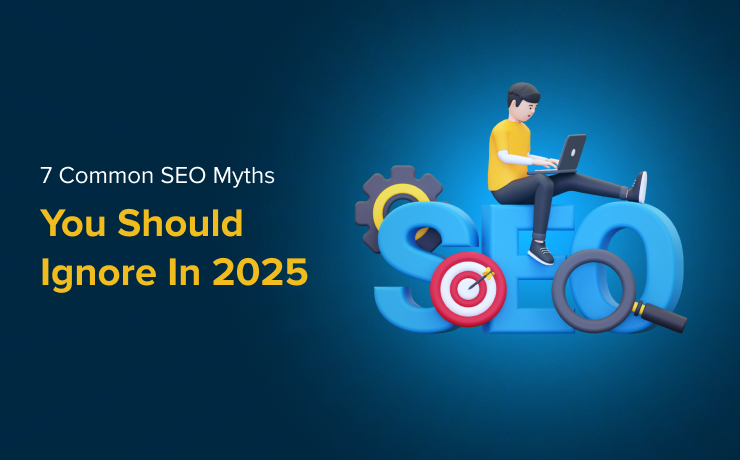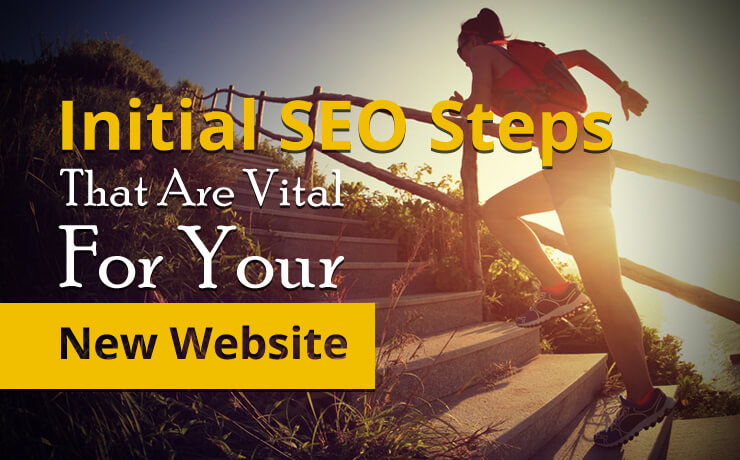Harnessing SEO for Cost-Effective Business Growth

SmartSites

Growing your business at a low cost through SEO (Search Engine Optimization) can be a highly effective strategy. SEO focuses on optimizing your website and online presence to improve your visibility in search engine results, ultimately driving organic traffic and potential customers to your business. By strategically implementing SEO techniques, you can enhance your online presence, increase brand awareness, and attract targeted visitors who are actively searching for the products or services you offer. The beauty of SEO is that it allows you to reach a wide audience without spending significant amounts on advertising or paid promotions. Instead, you invest your resources in optimizing your website and creating valuable content that aligns with the needs and interests of your target audience. This cost-effective approach leverages the power of search engines to drive sustainable growth for your business over the long term.
- Perform keyword research: Use keyword research tools to identify relevant keywords and phrases that your target audience is likely to use when searching for products or services similar to yours. Optimize your website content, including meta tags, headings, and page copy, with these keywords to improve your search engine rankings.
- Optimize your website: Ensure your website is well-optimized for search engines. This includes improving site speed, making it mobile-friendly, optimizing meta tags, using descriptive URLs, and creating high-quality and relevant content. A well-structured and user-friendly website will enhance your SEO efforts.
- Content creation: Develop a content strategy that focuses on creating valuable, informative, and engaging content for your target audience. Regularly publish blog posts, articles, videos, and other types of content that provide value and address the needs of your audience. Optimize your content with relevant keywords to improve its visibility in search engine results.
- Link building: Build high-quality backlinks to your website from reputable and relevant sources. Seek opportunities for guest posting on industry-related blogs, collaborate with influencers or partners for cross-promotion, and ensure your website is listed in relevant directories. Quality backlinks signal to search engines that your website is trustworthy and authoritative.
- Local SEO: If you have a physical business location, optimize your website for local search. Register your business on Google My Business and other local directories. Include your address, contact details, opening hours, and relevant keywords in your listings. Encourage satisfied customers to leave reviews, as positive reviews can boost your local SEO efforts.
- Social media integration: Leverage social media platforms to increase your online presence and drive traffic to your website. Share your content on social media channels, engage with your audience, and build a community around your brand. Social signals can indirectly impact your search engine rankings.
- Monitor and analyze: Regularly monitor your website’s performance using analytics tools like Google Analytics. Track your website’s organic search traffic, keyword rankings, bounce rate, and conversions. Analyze the data to identify areas for improvement and adjust your SEO strategy accordingly.
- Stay updated: SEO is constantly evolving, so stay informed about the latest trends and algorithm updates. Follow reputable SEO blogs and forums to keep up with industry news and best practices. By staying updated, you can adapt your strategy and ensure your SEO efforts remain effective.
Remember, while SEO can be a cost-effective way to grow your business, it requires time, effort, and ongoing optimization. Patience and consistency are key as SEO results typically take time to materialize.
 Free
Consultation
Free
Consultation Free
Google Ads Audit
Free
Google Ads Audit







